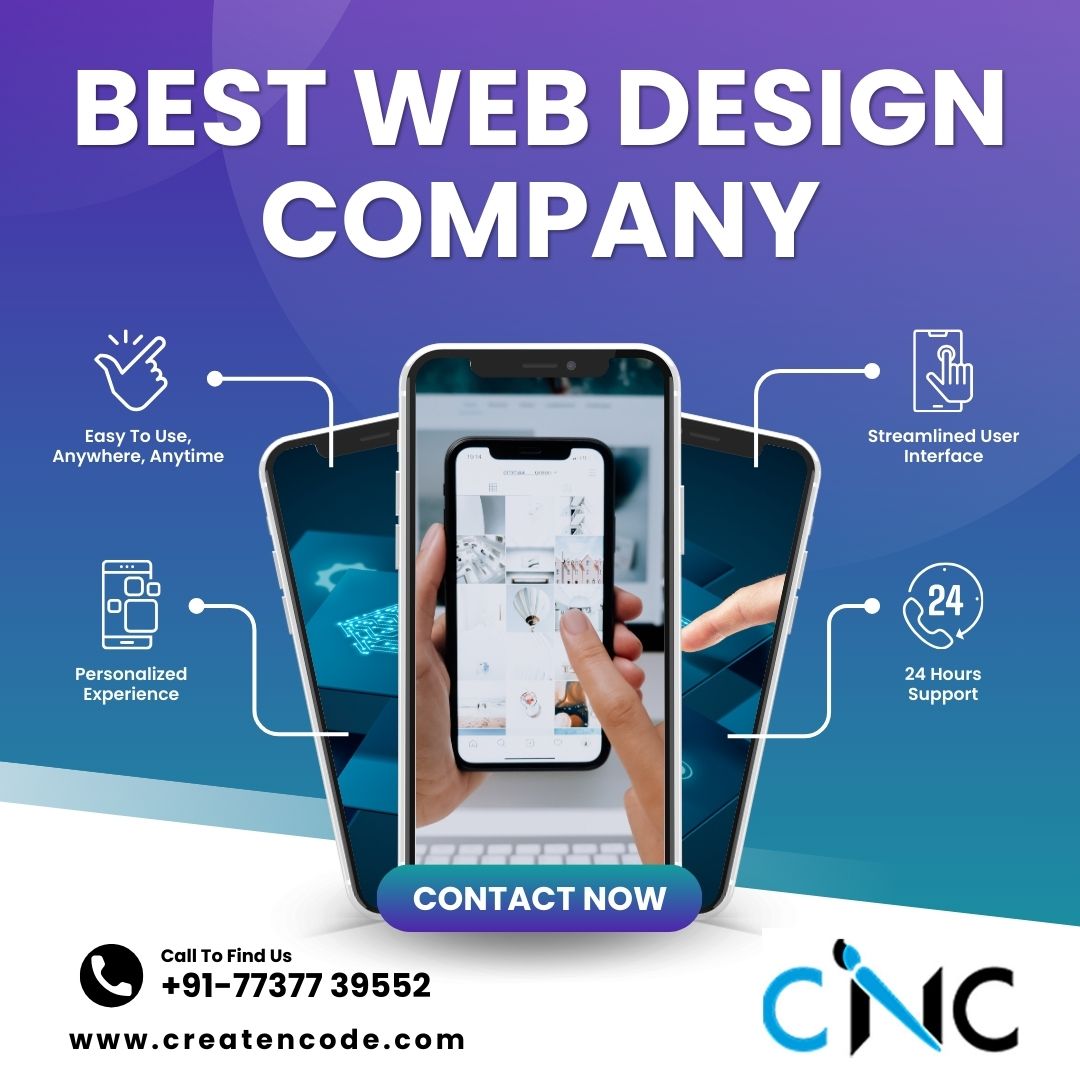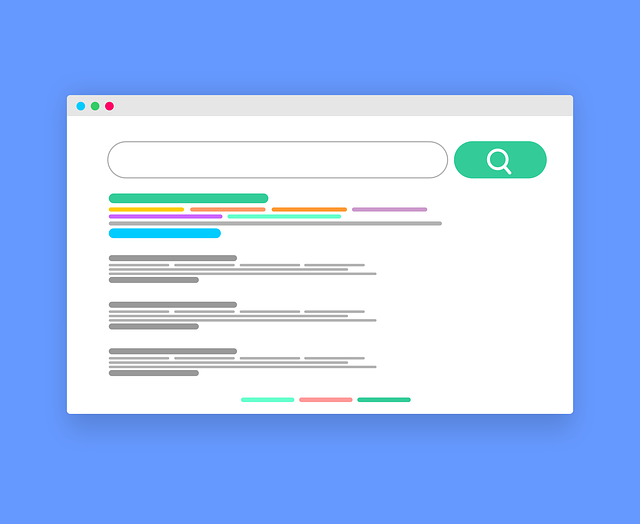ECommerce platforms for web design by ecommerce web design company in Indore
1. Using WooCommerce
Due to its popularity as an open-source eCommerce plugin for WordPress, WooCommerce is a desirable choice for companies who currently use the content management system. Numerous functions are available, such as order processing, payment gateway connection, and product administration. WooCommerce is a fantastic option for small to medium-sized enterprises because of its reputation for flexibility and usability.Principal Advantages :
- WordPress integration that runs smoothly: makes it possible for streamlined administration and a consistent user experience.
- Vast network of extensions and plugins: gives users access to a plethora of extra features and functionalities.
- Economical: The plugin itself is free, and premium extensions are available at reasonable prices.
2. Magento
Magento is an open-source eCommerce platform with sophisticated functionality and scalability. Numerous built-in capabilities are available for handling intricate product catalogs, advertising, and client segmentation. Larger companies with complex needs and huge sales volume are frequently advised to use Magento.Principal Advantages:
- Extremely customizable: Enables deep personalization to meet unique business requirements.
- Scalable: Able to manage extensive product portfolios and heavy traffic.
- Robust ecosystem and community: Offers access to a vast developer pool and a variety of extensions.
3. The Shopify
Shopify is an eCommerce platform that runs in the cloud and has several built-in capabilities along with an easy-to-use UI. It is a well-liked option for small enterprises and entrepreneurs due to its simplicity of use and quick setup. In order to serve companies of all sizes, Shopify also provides a variety of premium plans.Principal Advantages:
- Simple to use and assemble: minimal technical expertise is needed to get started.
- Dependable and safe: hosted on Shopify's servers, which provide excellent security and uptime.
- Broad app ecosystem: offers a large selection of apps and integrations for increased usefulness.
4. Big-Commerce
Another cloud-based eCommerce platform with a lot of functionality and customization choices is called BigCommerce. It is renowned for having robust out-of-the-box capabilities, with integrated marketing, SEO, and consumer segmentation tools. For companies searching for a feature-rich platform with low setup and maintenance costs, BigCommerce is frequently suggested.Principal Advantages:
- Many integrated features minimizes the requirement for further extensions or plugins.
- Dependable and expandable: Ideal for companies of all kinds, from little startups to huge conglomerates.
- Friendly to SEO: provides robust, off-the-shelf SEO tools to boost search engine presence.
5. Online Store Drupal
The open-source eCommerce platform Drupal Commerce is based on the Drupal content management system. It has several capabilities and a modular framework for handling intricate product catalogs, promotions, and client interactions. Businesses that need a high level of customisation and have particular or unique requirements are frequently advised to use Drupal Commerce.Principal Advantages:
- Incredibly adaptable enables thorough customisation to meet certain business requirements.
- Adaptable: able to manage substantial product catalogs and heavy traffic.
- Fits very nicely with Drupal: allows for a consistent user experience by integrating with the Drupal CMS in a smooth manner.
What is the process for creating a best ecommerce websites 2024 tailored to the needs of local businesses ?
The Procedure for Designing a Custom eCommerce Website :
1. Establishing Goals and Objectives for the Business
Setting defined corporate goals and objectives is crucial before beginning the design and development process. This comprises:- Determining the Target Population: Recognizing the characteristics, tastes, and purchasing habits of your clients.
- Establishing Sales Goals: Choosing your objectives for volume of sales, acquiring new clients, and growing your market.
- Setting Up KPIs (Key Performance Indicators): establishing measures, such as conversion rates, average order values, and client retention, to gauge the performance of your eCommerce website.
2. User Experience (UX) Design
Converting visitors into consumers requires providing an easy-to-use and interesting user experience. Important things to think about are: Responsive Design Since most online buying takes place on mobile devices, make sure the website is responsive and easily adjusts to multiple screen sizes.- Navigation: To make it easier for consumers to find products, employ logical and obvious navigation. To improve usability, make use of the search tool, categories, and filters.
- Appeal to the Eyes: A professional layout, consistent branding, and high-quality photos will help you develop a look that appeals to your target audience.
3. Create Powerful Content
When it comes to attracting clients and encouraging conversions, content is essential. This comprises:Descriptions of Products: Compose convincing and in-depth product descriptions that emphasize features, advantages, and details. For SEO, use keywords wisely.
Superior Photographs: Invest in high-quality photos to present items from various perspectives and provide buyers a clear picture of what they are buying.
A blog and instructional materials: To build your brand's authority and provide useful advice, thoughts, and information about your products or sector, think about starting a blog.
4. Combining Shipping and Payment Options
A smooth checkout procedure is essential to lower cart abandonment rates. Think about the following:- Integration of Payment Gateways: Provide a range of payment alternatives, such as digital wallets, credit/debit cards, and buy-now-pay-later plans, to accommodate a variety of consumer preferences.
- Options for Shipping: Offer a range of delivery alternatives, such as local delivery, regular shipping, and expedited shipping. Give customers accurate information about shipping charges and delivery schedules.
5. Website Live
The time has come to launch your eCommerce website after testing is over. Think about taking these actions:- Soft debut: Before a full-scale debut, think about doing a soft launch to a small audience to get early feedback and make any necessary revisions.
- Marketing Campaign: Create a marketing strategy to draw attention to the launch by utilizing email marketing, social media marketing, and local advertising.
- Track Performance: To pinpoint areas for improvement, track user activity, sales data, and website performance closely after launch.

How do ensure that the eCommerce websites design by ecommerce web design company are mobile-friendly and responsive ?
1. Taking a First-Mobile Strategy
A mobile-first strategy entails creating the website first for small displays and then adjusting it for larger ones. By prioritizing the mobile experience, this strategy makes sure that the design is more user-centric. Crucial actions consist of:Content Ordering: Make sure the features and content that are most important to mobile consumers are clearly visible.
Simplified Navigation: Make sure your navigation is simple enough for users to swiftly locate things without having to scroll around a lot.
2. Responsive Frameworks
Pre-built elements and grid systems are provided by responsive frameworks like Foundation and Bootstrap, which make it easier to create responsive websites. With these frameworks, developers can:Make Fluid Grids: Make use of fluid grids to guarantee that content adjusts according to screen size.
Put Media Queries into Practice: To ensure optimal presentation on a variety of devices, use CSS media queries to apply different styles based on the device's characteristics.
3. Improving Media and Image Quality
ECommerce websites heavily rely on video and images, yet big files can cause loading times to increase, especially for mobile devices. To make media and photos more optimum:- Compress Images: To lower file sizes without compromising quality, use picture compression programs.
- Use responsive photos to ensure fast loading times by having them load in different sizes depending on the device.
4. Streamlining the Checkout Process
Optimizing the checkout experience is essential to lower cart abandonment rates. To make the mobile checkout process as smooth as possible:- Cut Down on Form Fields: Simplify the forms and cut down on the number of required fields to expedite and simplify the checkout process.
- Activate the Guest Checkout feature: Simplify the process by enabling users to finish transactions without creating an account.
- Options for Mobile Payments: To offer practical payment options, integrate mobile payment systems like Apple Pay, Google Pay, and other digital wallets.
5. Improving Usability and Navigation
Ensuring mobile users have a comfortable navigation system is crucial. Think about the following tactics:- Menus featuring hamburgers: To save room and give simple access to all categories and pages, use collapsible menus.
- Sticky Navigation: Include headers that stick out while users scroll, allowing users to easily browse without having to go back to the top.
- Contact-Friendly Components: To reduce the possibility of unintentional clicks, make sure buttons and links are large enough to be readily touched with a finger.
For more info click on this : https://createncode.com/




